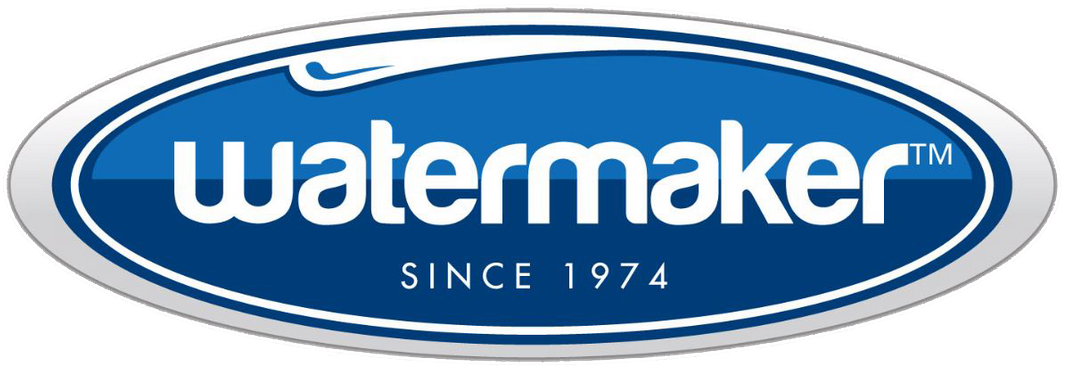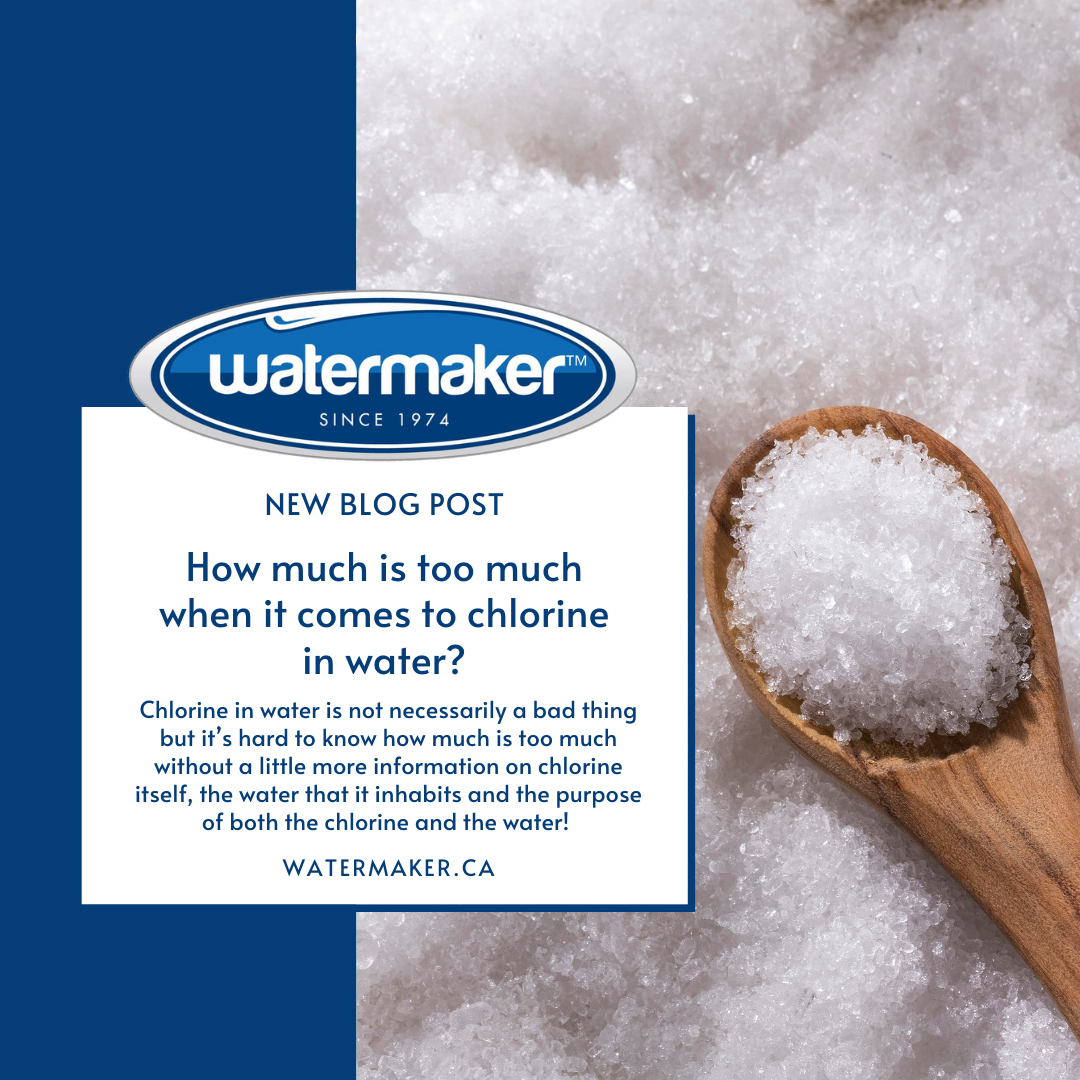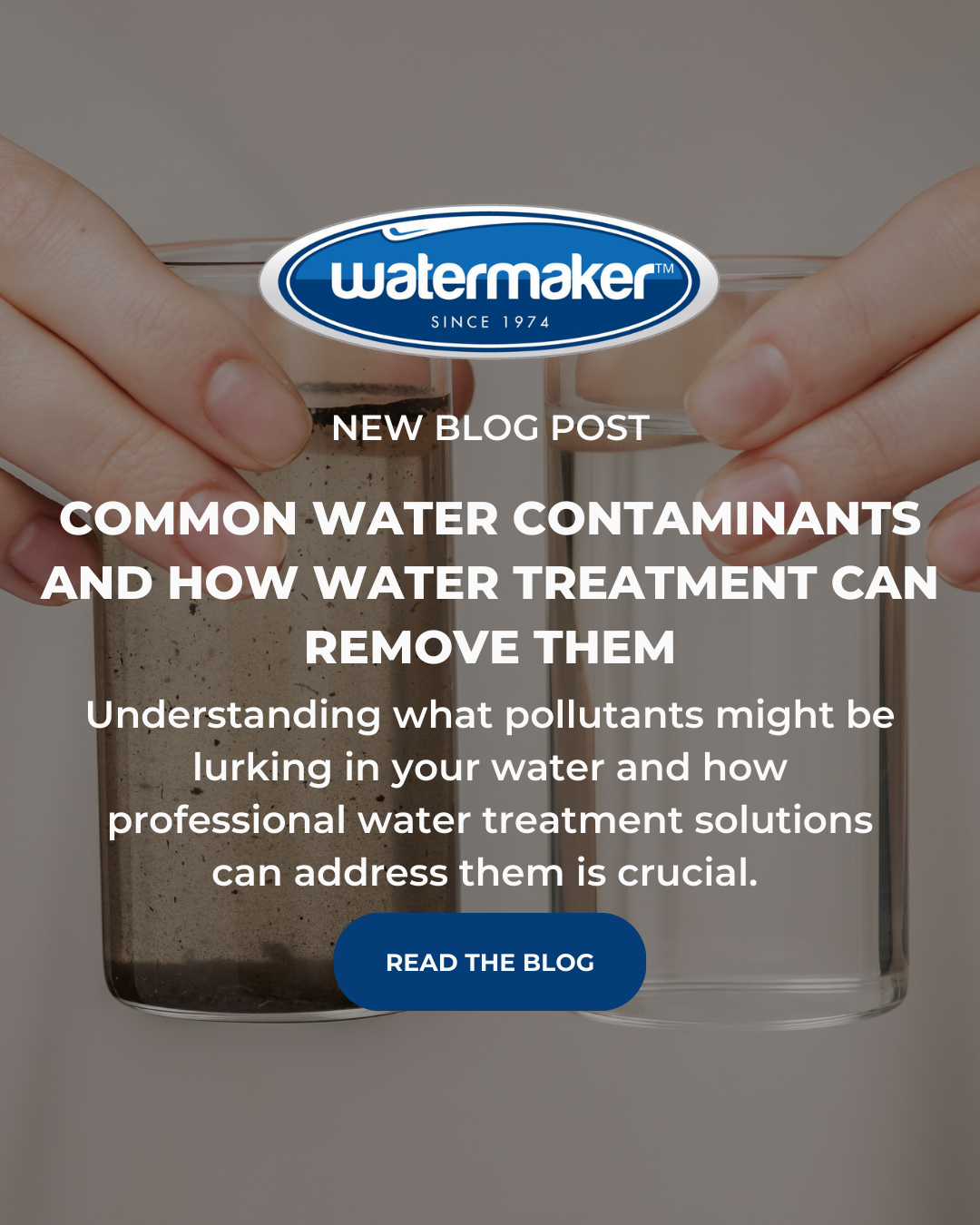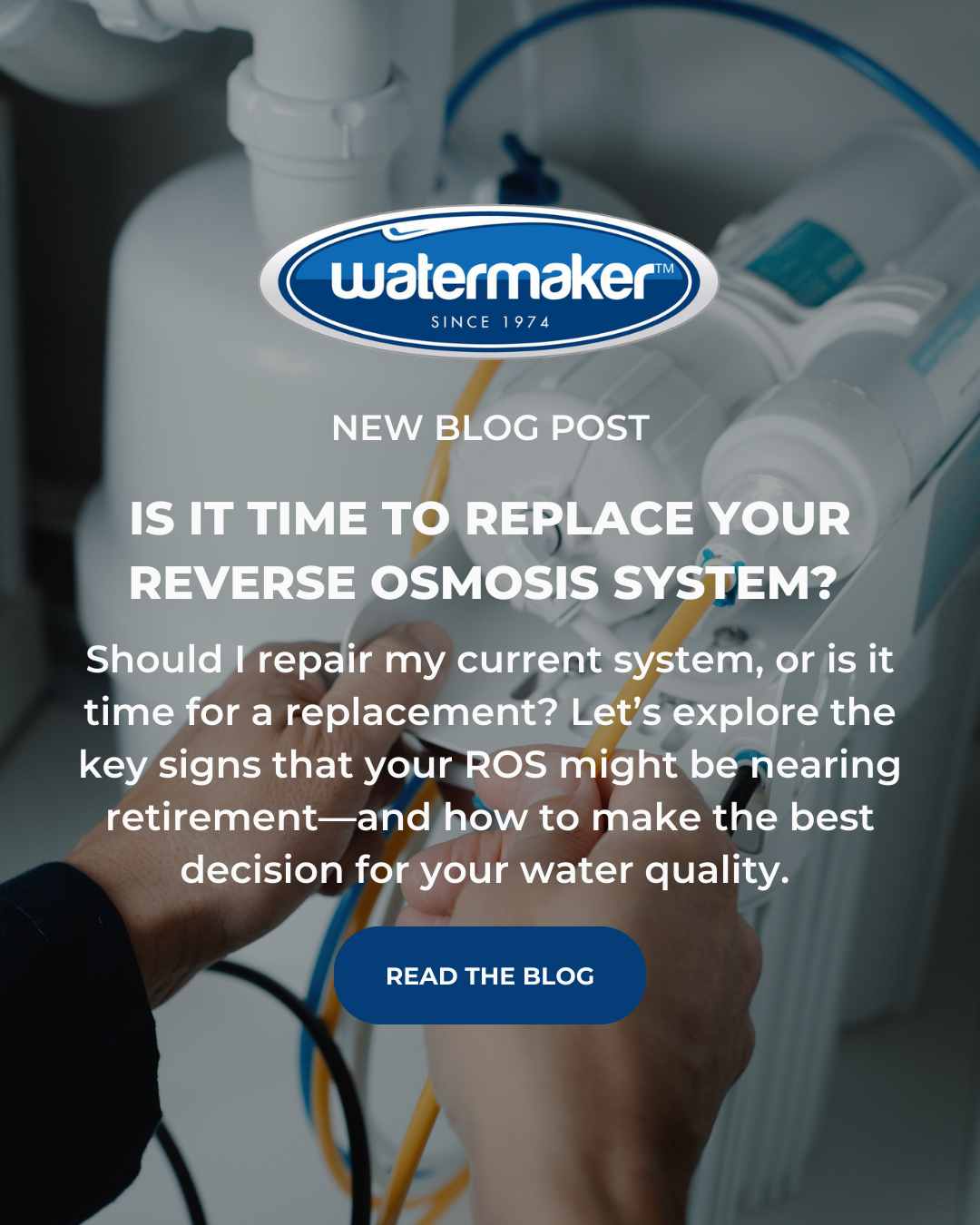How much is too much when it comes to chlorine in water?
Chlorine in water is not necessarily bad, but it’s hard to know how much is too much without a little more information on chlorine itself, the water that it inhabits, and the purpose of both the chlorine and the water! Chlorine in a pool or hot tub will be measured on a different scale than chlorine in your drinking water. There are some who may even ask if chlorine is necessary at all, given that it is a chemical compound. That’s why today we’re talking about chlorine and how much is too much, along with specifically, how to remove chlorine from your water source.
What is chlorine?
If water is “H2O,” the chemical symbol for chlorine may also be of interest to you. It’s Cl2. It is written with the “2” inclusive because it is a non-metallic gas, but that’s enough of a chemistry lesson for just a short blog on chlorine in water!
Why is chlorine a good thing?
Any pool or spa owner will tell you chlorine is absolutely necessary AND a good thing to have. Pool water and spa water, that is. That’s because chlorine, when added to pool water, forms an acid known as hypochlorous acid, which kills bacteria such as salmonella and E.Coli. It also helps to eliminate other germs and viruses that may cause health concerns like diarrhea or swimmer’s ear. In other words, it helps protect users from unhealthy bacteria, although it won’t do much to protect you from sunburn! It is still possible to have too much of a good thing even here, and one must be careful to rinse off after swimming, but swimming in a pool with chlorine will always be preferable to swimming in one without.
When is chlorine harmful?
To be clear, chlorine is not necessarily a bad thing at all. Yes, it is possible to have too much of it in a pool where it could even cause an allergic reaction or if you are asthmatic – an asthma attack. It may also sometimes cause itchy, red, and irritated eyes or dry skin. While none of this is an issue related to chlorine in drinking water, it is still a good idea to think about removing chlorine from the water you drink. After reading this blog, if you agree, talk to a member of our team at Watermaker.
Drinking Water
Municipalities put chlorine into our drinking water for the same reasons we use it in pools, but on an entirely different scale. It’s included in a process known as “chlorination” to help remove, reduce or inactivate harmful microorganisms; in this case, organisms that cause illnesses like typhoid, cholera, giardiasis, and even hepatitis. Because chlorine can be absorbed through the skin, much of our exposure actually comes through daily showering. While it is only added in ppm (parts per million) and considered safe for human consumption because it can be absorbed through the skin, many folks have expressed concerns about chlorinated municipal drinking water and are looking for ways to remove it from their source of supply. We can help.
How To Remove Chlorine From Water
Chlorine can cause a host of problems in the home, including yellow or brown staining in faucets, tubs, and toilets. It can lead to cloudy water and perhaps even have a noticeable smell. It can make soap or shampoo hard to rinse off, leaving a residue that results in dull, lackluster hair, among other things. Our Multi-tech Membrane System is just one example of a tool that removes chlorine from water at the source and with no salt required. It softens water, helps to eliminate staining, and will actually result in using less soap. From a taste and drinking perspective, it offers the same or better taste than bottled water, and when combined with the ease of this water flowing from every tap in your home, you begin to realize that it just makes good sense to remove chlorine at source – for the multiple benefits it offers. We also offer reverse osmosis systems that help to remove the taste and odour of chlorine. Just think how this might improve the taste of other things in your home, like freshly brewed coffee! Filtering at source eliminates the need to constantly refill filtered jugs of water or to change filters frequently. You can also boil water to remove chlorine or leave it out on a counter or similar surface for several hours to a whole day, allowing the chlorine to evaporate. However, let’s face it, these are both, to varying degrees, a nuisance and/or a time-consuming process.
If you have concerns about the tap water in your home or don’t like the taste of your water, it could be chlorine that’s to blame. Talk to us about options for removing chlorine permanently, at source, to improve the overall taste, smell, and perhaps even colour of your water. We can help – just don’t forget that filling a pool or hot tub with chlorinated water is still a good idea!



